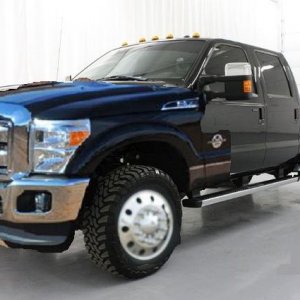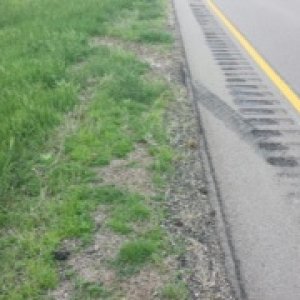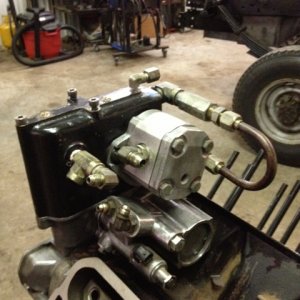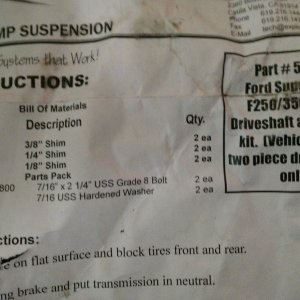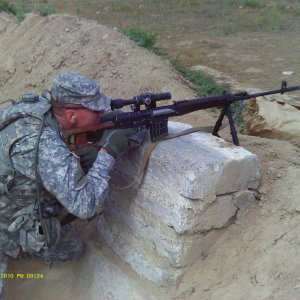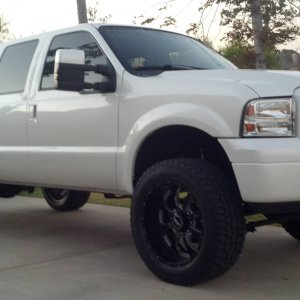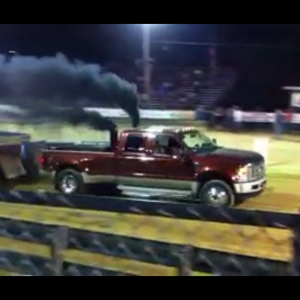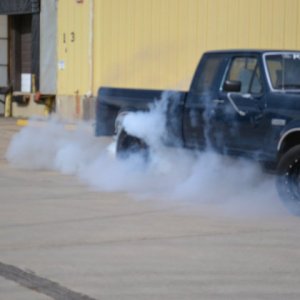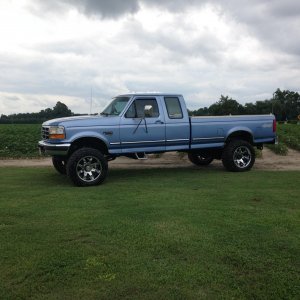Your thinking about it wrong i think.
As a single turbo trying to make 50psi of boost.
14.7 absolute + 50 psi of boost = 64.7/14.7= a pressure ratio of 4.40
look at this compressor map, note that 4.40 puts the pressure ratio very high on the map, if not out of the map completely
I used this map for an example because its a similar compressor map to a stock low pressure turbo
Now high altitude people... it only gets worse
11.7 absolute ( 6000ft) + 50 psi of boost = 61.7/11.7= 5.27 pressure ratio!!! thats way out of the map
Now if you take that same truck making 50 psi of boost, and say make the low pressure make 30 psi of the total boost you have now made the pressure ratio much better
14.7+30psi of boost= 44.7/14.7= 3.04 PR alot better in the map, and you are still able to make 50 psi of total boost which is needed to make x amount of hp,
The high pressure is now being fed 44.7 absolute pressure into the inlet of the turbo, outlet pressure is say 50 psi total
44.7+20=66.7 since the pressure going in is 44.7 you divide it by that number so your pressure ratio is 1.44 which is way low, in most cases low pressure boost is probably half of total boost so the numbers will actually be closer to each other, say 2.5pr each turbo, i know this is gunna get confusing, charles is much better at explaining it
DO the same with tripple compounds, and it only gets better because the required amount of boost from each turbo goes down, say even at 50 psi of boost


